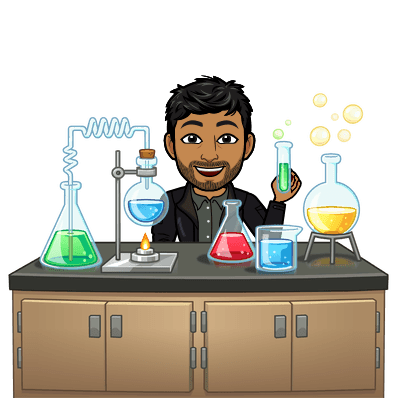
Research Publications
The Effect of Charged Residue Substitutions on the Thermodynamics of Protein-Surface Interactions
Published in Protein Science, 2021
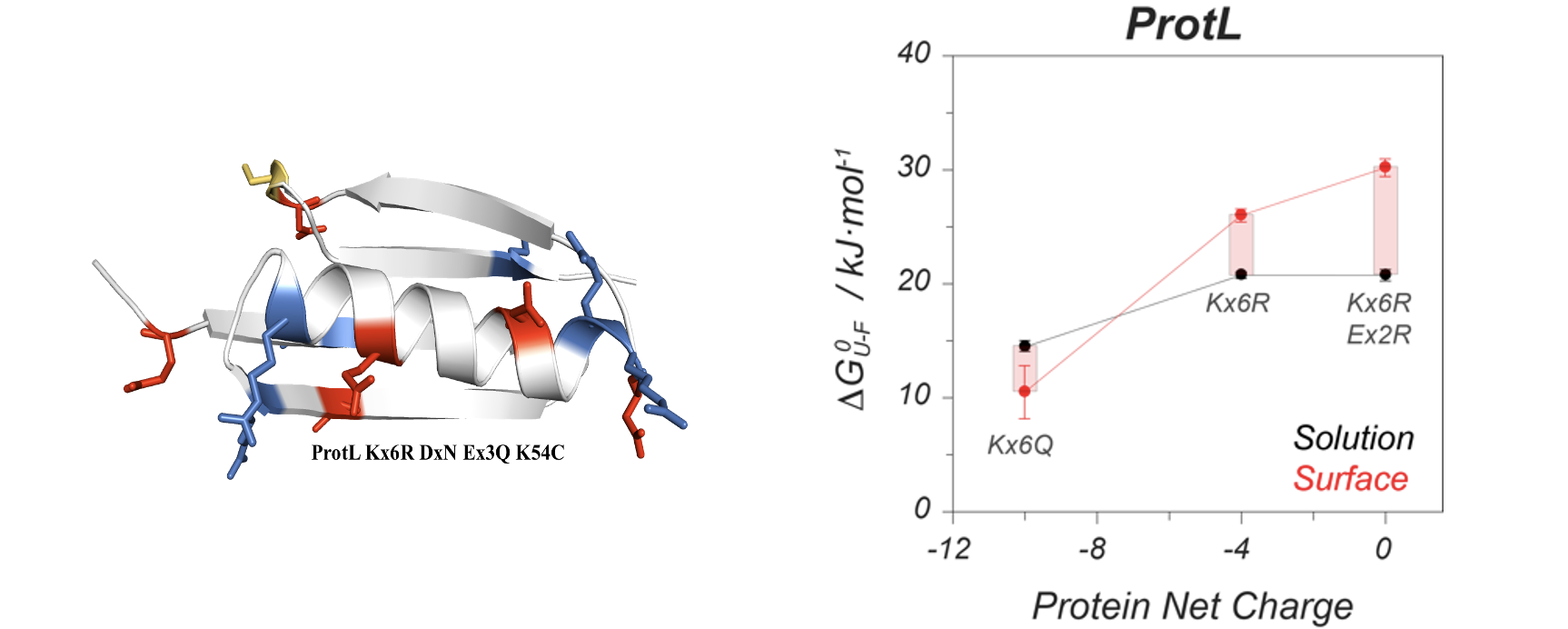
Authors
Gabriel Ortega, Miguel A. Aguilar, Bishal K. Gautam, Kevin W. Plaxco
Abstract
The interactions of proteins with surfaces are important in both biological processes and biotechnologies. In contrast to decades of study regarding the biophysics of proteins in bulk solution, however, our mechanistic understanding of the biophysics of proteins interacting with surfaces remains largely qualitative. In response, we have set to explore quantitatively the thermodynamics of protein-surface interactions...click the book link to read more.
Attachment of proteins to a hydroxyl-terminated surface eliminates the stabilizing effects of polyols
Published in Journal of the American Chemical Society, 2020
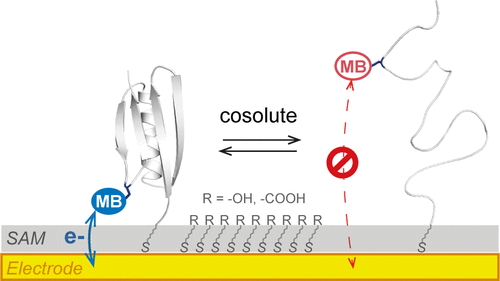
Authors
Gabriel Ortega, Martin Kurnik, Bishal K. Gautam, Kevin W. Plaxco
Abstract
The physics of proteins interacting with surfaces can differ significantly from those seen when the same proteins are free in bulk solution. As an example, we describe here the extent to which site-specific attachment to a chemically well-defined macroscopic surface alters the ability of several stabilizing and destabilizing cosolutes to modulate protein folding thermodynamics.....click the book link to read more.
Generation of recombinant hyperimmune globulins from diverse B cell repertoires
Published in Nature Biotech, 2021
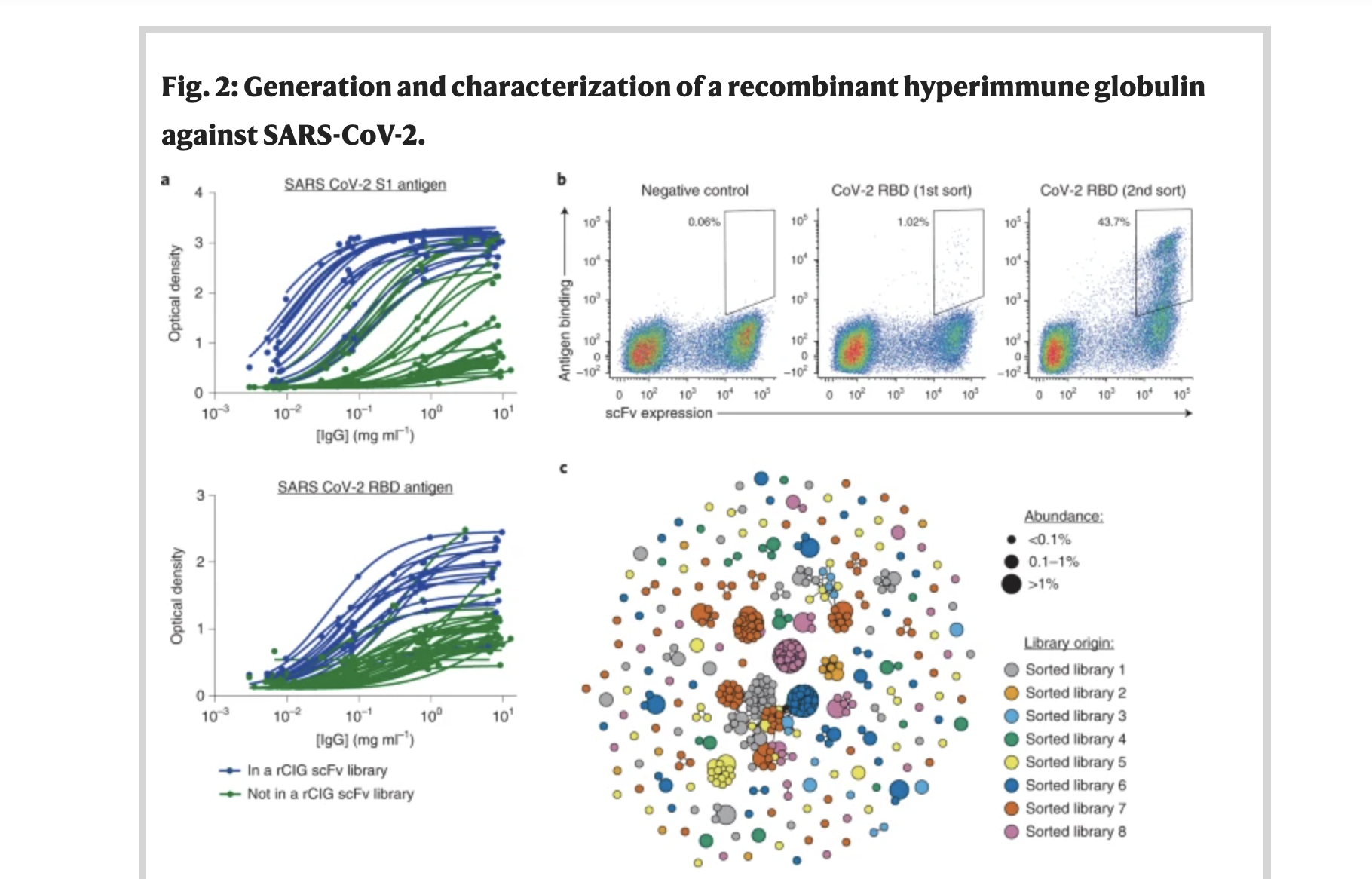
Authors
Sheila M. Keating, Rena A. Mizrahi, Matthew S. Adams, Michael A. Asensio, Emily Benzie, Kyle P. Carter, Yao Chiang, Robert C. Edgar, Bishal K. Gautam, Ashley Gras, Jackson Leong, Renee Leong, Yoong Wearn Lim, Vishal A. Manickam, Angelica V. Medina-Cucurella, Ariel R. Niedecken, Jasmeen Saini, Jan Fredrik Simons, Matthew J. Spindler, Kacy Stadtmiller, Brendan Tinsley, Ellen K. Wagner, Nicholas Wayham, LaRee Tracy, Carina Vingsbo Lundberg, Dirk Büscher, Jose Vicente Terencio, Lucy Roalfe, Emma Pearce, Hayley Richardson, David Goldblatt, Anushka T. Ramjag, Christine V. F. Carrington, Graham Simmons, Marcus O. Muench, Steven M. Chamow, Bryan Monroe, Charles Olson, Thomas H. Oguin, Heather Lynch, Robert Jeanfreau, Rachel A. Mosher, Matthew J. Walch, Christopher R. Bartley, Carl A. Ross, Everett H. Meyer, Adam S. Adler & David S. Johnson
Abstract
Plasma-derived polyclonal antibody therapeutics, such as intravenous immunoglobulin, have multiple drawbacks, including low potency, impurities, insufficient supply and batch-to-batch variation. Here we describe a microfluidics and molecular genomics strategy for capturing diverse mammalian antibody repertoires to create recombinant multivalent hyperimmune globulins. Our method generates of diverse mixtures of thousands of recombinant antibodies, enriched for specificity and activity against therapeutic targets. Each hyperimmune globulin product comprised thousands to tens of thousands of antibodies derived from convalescent or vaccinated human donors or from immunized mice. Using this approach, we generated hyperimmune globulins with potent neutralizing activity against severe acute respiratory syndrome coronavirus-2 (SARS-CoV-2) in under 3 months...click the book link to read more.
Lack of blocking activity in anti-CTLA-4 antibodies reduces toxicity, but not anti-tumor efficacy
Published in BioRxiV, 2021
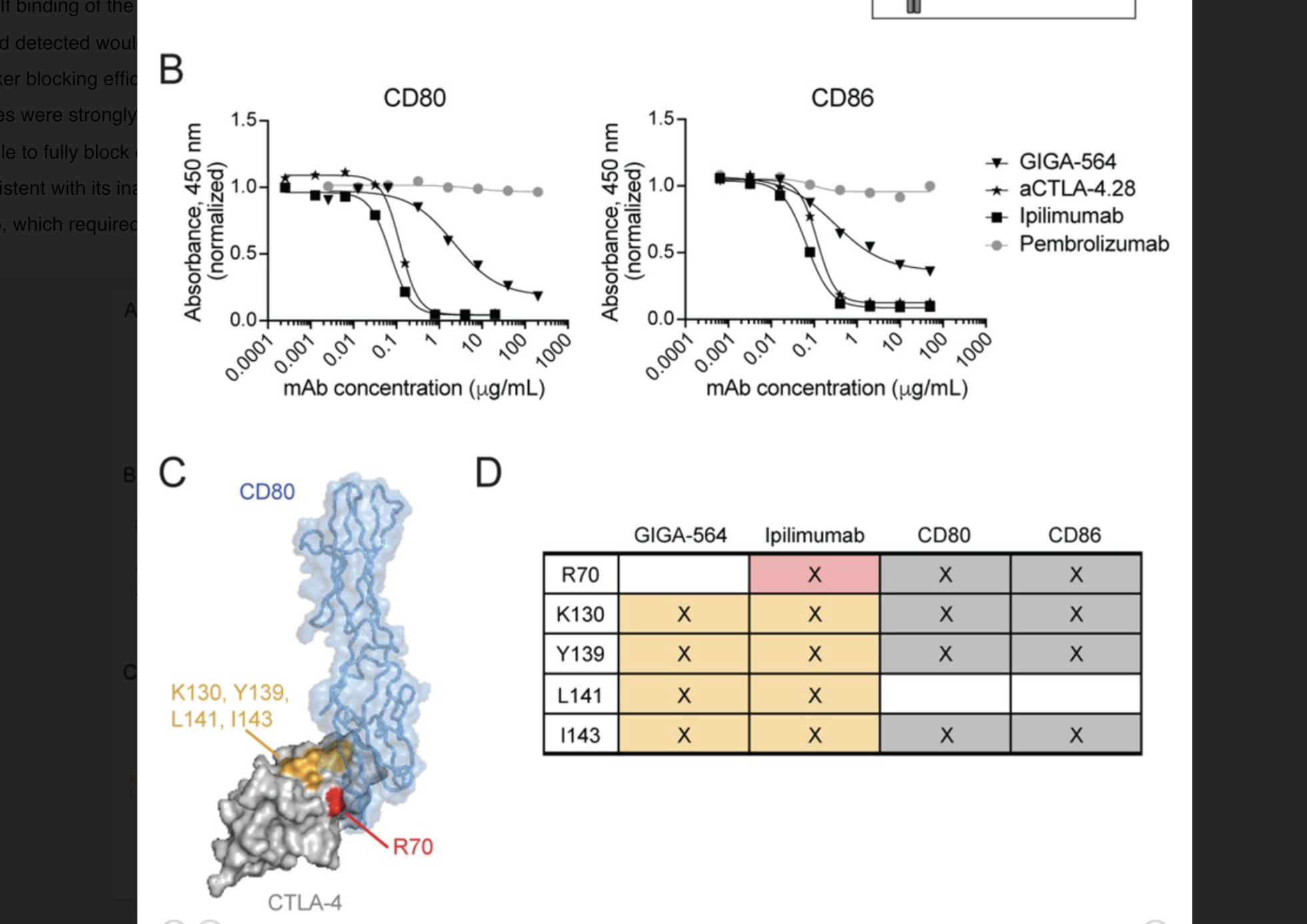
Authors
Erica L. Stone, Kyle P. Carter, Ellen K. Wagner, Michael A. Asensio, Emily Benzie, Yao Y. Chiang, Garry L. Coles, Chelsea Edgar, Bishal K. Gautam, Ashley Gras, Jackson Leong, Renee Leong, Vishal A. Manickam, Rena A. Mizrahi, Ariel R. Niedecken, Jasmeen Saini, Savreet K. Sandhu, Jan Fredrick Simons, Kacy Stadtmiller, Brendan Tinsley, LaRee Tracy, Nicholas P. Wayham, Yoong Wearn Lim, Adam S. Adler, David S. Johnson
Abstract
Anti-CTLA-4 antibodies such as ipilimumab were among the first immune-oncology agents to show significantly improved outcomes for patients. However, existing anti-CTLA-4 therapies fail to induce a response in a majority of patients and can induce severe, immune-related adverse events. It has been assumed that checkpoint inhibition, i.e., blocking the interaction between CTLA-4 and its ligands, is the primary mechanism of action for ipilimumab. In this study we present evidence that checkpoint inhibition is not a primary mechanism of action for efficacy of anti-CTLA-4 antibodies...click the book link to read more.
Built using Next.js with Typescript, Chakra UI and Framer Motion.
I'm fully responsive, try me on mobile 🙂